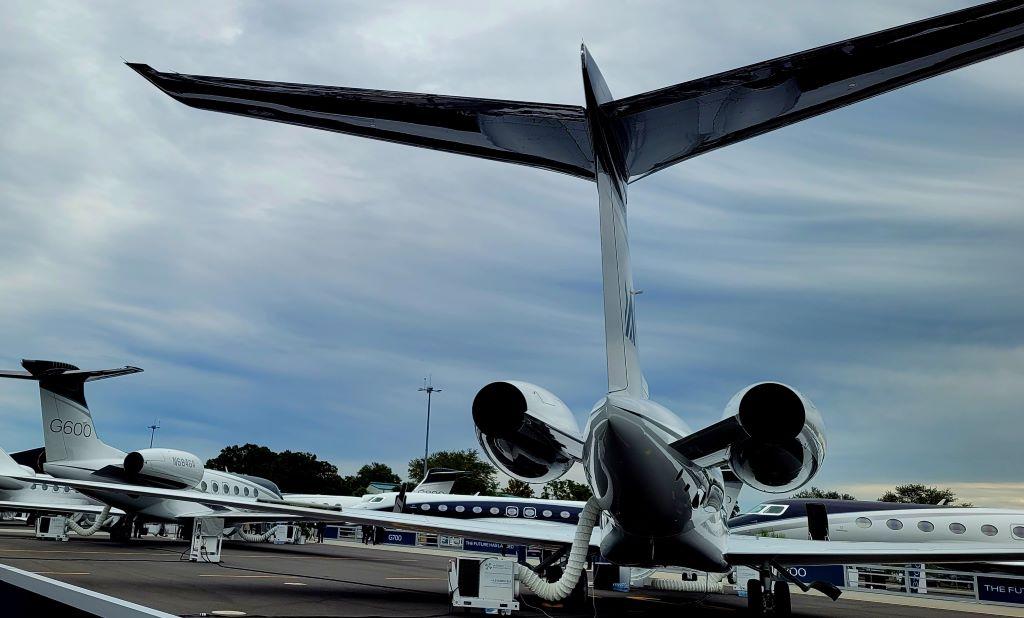
In 2006, the British-born, Boston resident Nick Copley established the Sherpa Report, an information service aimed at users of luxury and private travel.
The firm offers its subscribers a comparative analysis of different products and services, and private aviation features heavily in its output: jet cards, fractional programs and membership schemes are among the topics it regularly covers.
In October, the company published its first Buyers’ Guide to private aircraft - an e-book made available to subscribers which looks at every step along the road to aircraft ownership. The project is the result, in part, of the post-COVID expansion business aviation’s user base.
“We had a lot of people coming to Sherpa Report over the last year or two, saying: ‘I’m flying more and more, and I’m starting to look at, potentially, buying a plane’,” Copley tells BCA Digest. “We’ve always had information for these folks, but it’s always been bits of information. There wasn’t anything comprehensive, with everything you need to know in one place. And buying a plane is a puzzle: there’s multiple pieces. It’s not easy or straightforward.”
The guide is therefore aimed at the first-time buyer and is intended to walk them through the numerous steps in the process.
In this Checklist, Copley highlights 10 of the most important stages, grouped under three broader headings.
ANALYSIS
1. Travel Needs
“This is the basics. How much do you fly now? How much do you intend to fly? Where will you fly? Who’s flying with you? How would you use the plane, and how, maybe, would buying a plane alter that? Gathering that information is the starting point to frame out what you’re looking for.”
2. New or Used?
“In the current market, this is harder than it would be in what we would consider a regular market. That adds to the complications. Some people just want a new plane so they’re prepared to wait - and if they already have a plane, if they’re a second- or third-time buyer, that might factor into that equation.”
3. Budget
“Part of that is, what’s your capital allocation to buy the plane at the moment; but it’s also making people aware of what the ongoing operating costs are. Sometimes people have no concept that, after spending $20m or $30m, it might then cost a million or two a year to fully operate the plane.”
4. Model Comparison
“You’ve done all the other steps and you’ve gone through what your needs are, so the next step is to see what sort of planes fit your needs and are within your budget. That’s where it all comes out.”
RESEARCH
5. Research
“Once you’ve identified the most appropriate model or models, you next need to find out what’s available - and what’s more, what’s not necessarily publicly on the market. A good advisor will have access to contacts and databases that can go deeper than the public markets.”
PURCHASE
6. Visit
“If it’s a very considered process and you’ve been at it a while, you might go to a show like EBACE to get a feel for different planes that are out there - but in the current market, there just isn’t the time available. And if you’re buying new, there’s a lot of things you can do to personalize the plane. That’s a very touchy-feely aspect - it can be done on Zoom, but in person is so much better.”
7. Letter-of-Intent
“An LOI is a non-binding agreement, setting out the key terms. It just makes everything more comfortable and clearer for everyone concerned - lets people put things in writing before going too far down the path of getting to the full final contract.”
8. Pre-Purchase Inspection
“You would have an aircraft engineer, a qualified technician, go along and do that. You could do this at the same time as the visit. In this market, some people are skipping a few of these steps on occasion.”
9. Purchase Agreement
“Obviously, this goes into a lot more detail than the LOI. Your aviation lawyer will know all the things to put into it and will have advised you on registration and tax issues and things like that as well.”
10. Technical Acceptance and Delivery
“If, coming out of the inspection, there are things that need to be remedied and fixed, the technical acceptance is about making sure those have been done. And then, obviously, they hand it over, and the plane is yours.”
If there is an extra bonus step that automatically happens as a result of following these steps, it’s the need for the buyer to surround themselves with a group of trustworthy experts to assist at every turn.
“It certainly takes a team to do it well and do it properly,” Copley says. “Normally, people who are considering buying a plane have been flying privately for a while, so have already built some relationships in the field. Bigger companies now offer a full suite of products and will help you buy a plane if you stick with a management company in that family. That might be the initial conversation - then it comes down to those relationships, and how comfortable you are with them.





